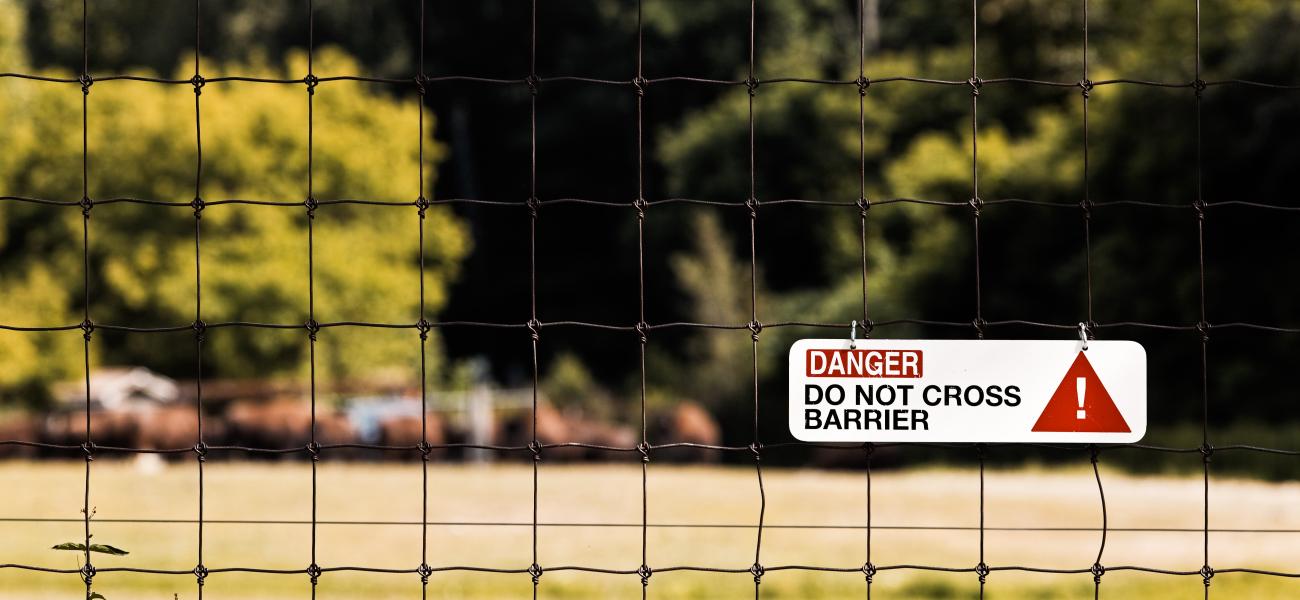In the Thick of It
A blog on the U.S.-Russia relationship
When Does Russia See Red? Foreign Minister Lavrov on Red Lines
What are a country’s red lines? And which of them are really red, while others are, to quote one German newspaper editor, merely pink? My takeaway from the beginning of the Ukraine conflict was that Vladimir Putin has come to view any post-Soviet republics’ “escape” to NATO and EU (with the exception of the Baltics) as truly crossing a Russian red line. Now Foreign Minister Sergei Lavrov has become perhaps the first top Russian official to explicitly say as much, in an interview to the Kommersant daily. Not only would aggression against Russia amount to the crossing of a red line, but so would an attack on one of Russia’s post-Soviet clients—even if it’s an unrecognized separatist republic—and so would the replacement of a friendly post-Soviet government through revolution, according to the interview, published on Jan. 22. Here is an excerpt:
Lavrov: Now [in contrast to the years of the Cold War] there really are no rules in terms of NATO's advance to the east. There is no line anywhere that is a red line.
Interviewer: What about the border of the Russian Federation?
Lavrov: If we proceed from the assumption that we [Russia] cannot have any interests in the region, in the Euro-Atlantic, then, yes, the border of the Russian Federation is a red line. But the fact is that we do have legitimate interests; there are [ethnic] Russians who suddenly found themselves abroad when the USSR collapsed; we have cultural and historical, close personal and family ties with our neighbors. Russia has the right to defend the interests of its compatriots, especially when they are persecuted in many countries, when their rights are suppressed, as it happened in Ukraine. … Parliament’s first action after the coup was a law stating that the Russian language should ‘know its place.’ … Two days later we heard that Russians will never pay homage to [Ukrainian military leaders who fought against the Soviets] Bandera and Shukhevich, so Russians have to be exiled from Crimea. …
Lavrov: This is Ukrainian history, the history of the coup, the history of the West's betrayal of international law, when an agreement signed by the foreign ministers of the leading EU countries [and Ukraine’s then-President Viktor Yanukovych and leaders of the Ukrainian opposition on Feb. 21, 2014] was simply trampled. After that the EU tried to convince us that that’s the way things should be and that nothing could be done now. This, by and large, was a European disgrace. While stating this historical reality, we … [nonetheless] want to implement the Minsk agreements. Coming back to red lines: That was a red line, just as a red line was crossed [in 2008] on the orders of Mikhail Saakashvili as soon as the attack began on South Ossetia, where our [Russian], Ossetian and Georgian peacekeepers were stationed. … Russia has its interests, and people should bear this in mind. Russia has red lines. I believe that serious politicians in the West understand that these red lines need to be respected just as they were respected during the Cold War.
One should note that, while Russia has been prepared to use force when an acute challenge arises to one of its vital interests (such as its interest in being surrounded by friendly states), Russia did not always see its neighbors’ aspirations to be closer to the U.S. as a threat. In fact, in the early 2000s Russia itself was trying to harmonize various laws and regulations with the EU’s, with a view to one day, perhaps, join the union, and Putin asked then-secretary general of NATO Lord Robertson when the alliance was going to invite Russia into the pact.
Then, however, color revolutions began to erupt in post-Soviet states and Putin, misinterpreting the West’s general support for democratization as the fomenting of revolution, became convinced that Russia would be its next victim. It was the revolutions in Georgia in 2003 and Ukraine in 2004, I would argue, that played the lead role in changing Putin’s views of the West’s intentions toward Russia and, therefore, his perceptions of where Russia’s red lines should lie. After these revolutions and the subsequent (futile) effort by the Bush-43 administration to offer Georgia and Ukraine membership action plans for joining NATO, in 2008, the Russian leadership began to view Russian-Western interaction in the post-Soviet neighborhood as a zero-sum game. In addition, Russia’s national power vis-à-vis the West has arguably increased in that period, making the country’s leadership more confident that it can enforce its own red lines in the immediate post-Soviet periphery. Lavrov’s interview is a testament to that.
Simon Saradzhyan is the director of the Russia Matters project.
The opinions expressed in this blog post are solely those of the author.

